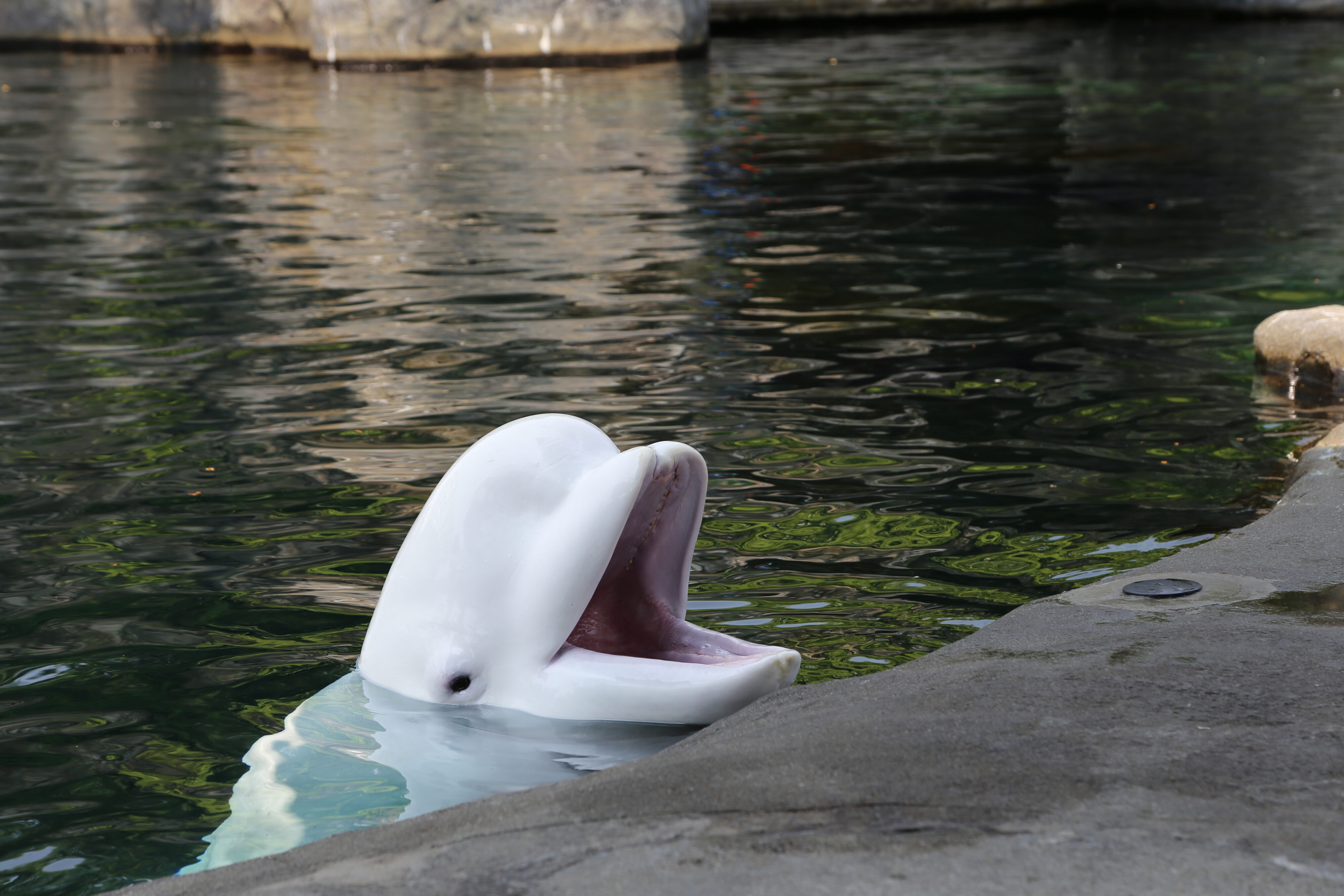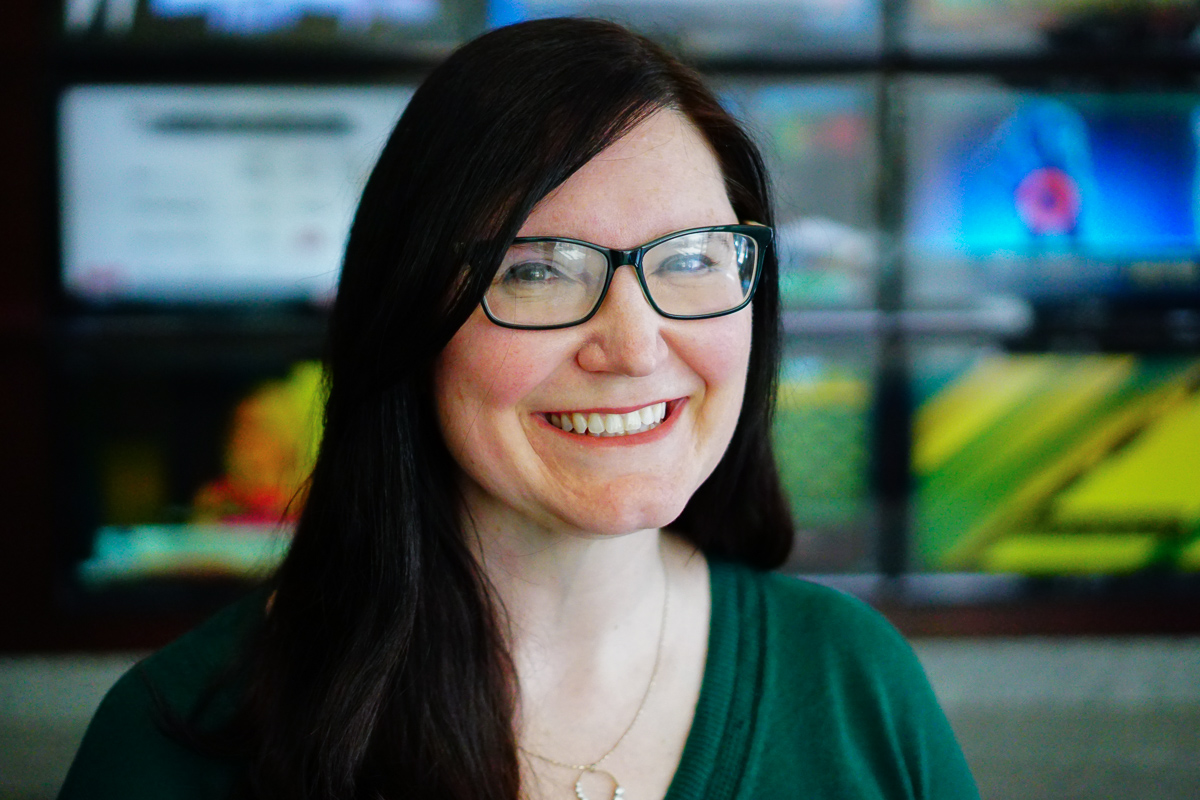After 22 Years, Oil From the Exxon Valdez Disaster Still Found in Prince William Sound, Alaska
Many years have passed since anyone has hauled in a herring catch to the small Alaskan town of Cordova. Situated 160 miles east of Anchorage on the eastern end of Prince William Sound.
R. J. Kopchak was formerly the part owner of a fisherman’s co-op, which was experiencing great success in the late 1980s. “The value of permits was up, the value of the salmon was way up, and we were all making $80,000 to $100,000 per year. [We were] working hard, but there we went,” says Kopchak.
The fishing industry in Alaska continued to experience great success until March 24, 1989, the date of the infamous Exxon Valdez oil spill disaster. When the Exxon Valdez ran aground, the resulting oil spill covered 1,300 miles of coastline and 11,000 square miles of ocean water. It was the worst environmental disaster in U.S. history at that point in time. Countless numbers of animals and birds were killed from exposure to the toxic oil, and many fish populations were severely impacted, including herring, which was the foundation of the fishing economy. Kopchak estimates that the disaster cost him over half a million dollars.
Today, Kopchak works for the non-profit Prince William Sound Science Center, which studies the Sound’s ecosystem and includes efforts to restore the herring population. While some fish and animal populations have recovered following the oil spill, much of the oil from the disaster was never recovered and can still be found in virtually every protected cove and beach along Prince William Sound.
Just a 30-minute float plane ride from Cordova is a marshy spot called Knight Island that was hit hard by the Exxon Valdez oil spill. One particular spot, called the death marsh because of the severity of the oil exposure, was completely saturated with oil, and to this date you can see that under the sand and dirt a hard layer of oil still exists.
Nobody knows exactly what risk the oil poses. It will be around for a very long time. “It’s just tragic,” says Kopchak.




















